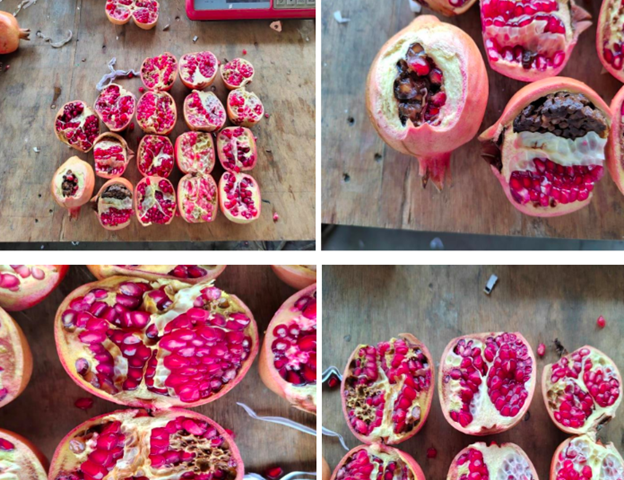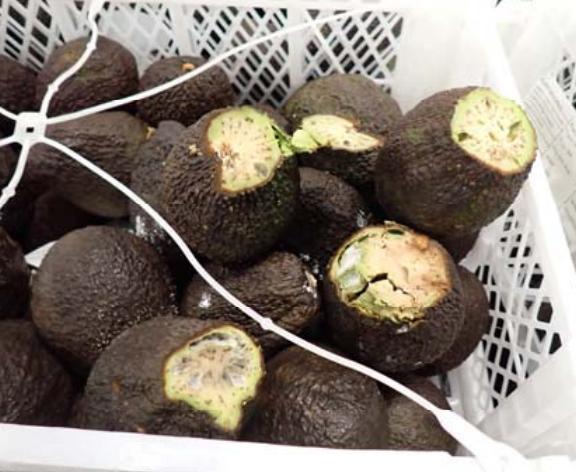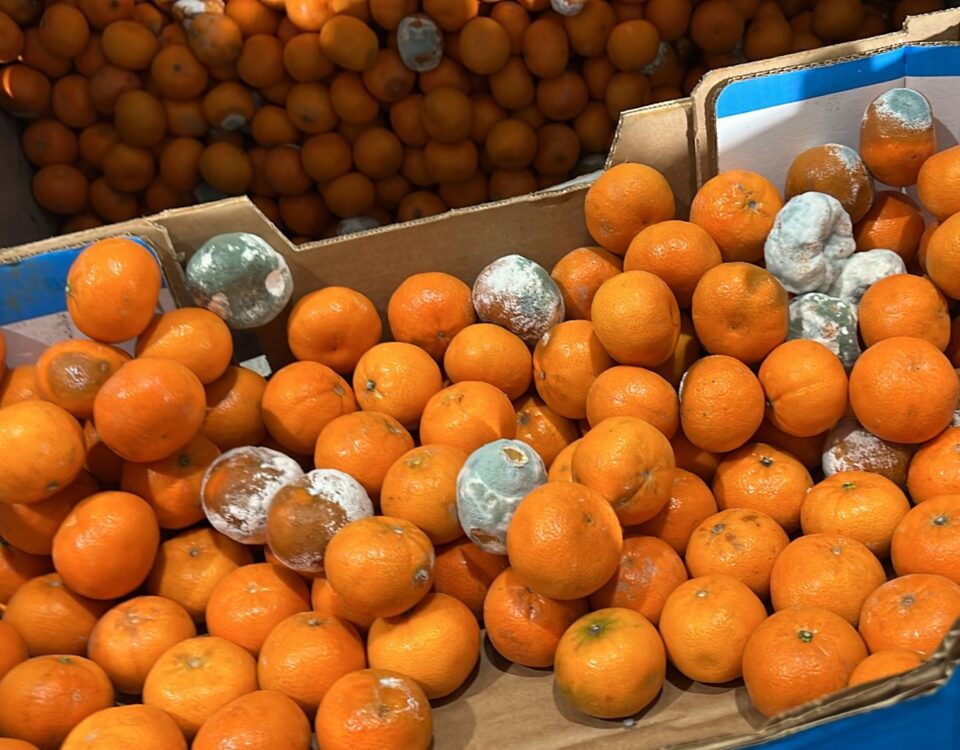Top Fruit Exports and How to Avoid Cargo Claims: Pomegranates

Why Did the Shipping Line Reduced My Claim?
August 4, 2023
What is Incoterms? How it relates to Cargo Claims and Recovery
August 11, 2023In a report from AgriXchange, in 2018, the worldwide market for pomegranates and pomegranate arils was assessed to be worth USD 8.2 billion. It is projected that by the year 2026, the market will achieve a value of USD 23.14 billion, exhibiting a compound annual growth rate (CAGR) of 14.0 percent.
To safeguard the quality of your pomegranate cargo and capitalize on the years to come, here are essential best practices to consider:
Cooling and Storage: The Key to Prolonging Freshness
Pomegranates have a low rate of respiration and ethylene production after harvest. However, they’re prone to moisture loss, making proper storage imperative. Optimal humidity levels can be maintained by using polyethylene lined cartons. High humidity preserves the fruit’s juiciness and prevents desiccation.
Avoid Chilling Injury: Handle Temperatures with Caution
Pomegranates have a freezing point of around -3°C. Exposure to temperatures between -3°C and 5°C for more than a month or temperatures of 5°C for over two months can trigger chilling injury. This manifests as brown discoloration on the skin and heightened susceptibility to decay. Furthermore, the arils (pulp around the seeds) may exhibit a pale hue, and the white segments that separate them can develop brown discoloration.
Beware of Internal Breakdown: Preserve Visual Appeal
Internal breakdown is a physiological disorder where the arils don’t attain their characteristic red color and appear somewhat flattened instead of plump. Preventing internal breakdown is crucial to maintaining the visual appeal of your pomegranates during export.
Controlled Atmosphere (CA) Storage: Enhancing Quality and Shelf Life
While research on pomegranates’ response to Controlled Atmosphere (CA) storage is limited, some findings are noteworthy. Storing pomegranates in an atmosphere with 2% O2 below 5°C can minimize chilling injury. In certain studies, a combination of 3% O2 and 6% CO2 at 6°C proved successful for a 6-month storage duration. A blend of 5% O2 and 15% CO2 also exhibited efficacy in preventing decay and scald for up to 5 months at 7°C.
Mind Water Loss: Protect Skin Integrity
Pomegranates are highly sensitive to water loss, leading to skin shriveling. Combat this challenge by employing plastic liners and waxing. These protective measures are particularly vital under conditions of lower relative humidity.
Beware of Storage Disorders: Address Threats Promptly
Pomegranate cargo is vulnerable to various storage disorders, including anthracnose (a fungal disease in plants), Aspergillus rot, chilling injury, Coniella rot, and scald. Vigilance is essential to identify and address these disorders promptly.
Adherence to these best practices can significantly elevate the quality and condition of your pomegranate cargo. As you navigate the complexities of the supply chain, remember that unforeseen challenges might arise. In such instances, cargo claim recovery services like Recoupex can be invaluable partners, helping you navigate claims and ensure you receive the compensation you deserve.
Recoupex is a hub of transport lawyers – experts in cargo claims. We assess your case quickly. We have successfully recovered claims from Maersk, Sealand, Hapag-Lloyd, Mediterranean Shipping Company – MSC, CMA CGM, and other carriers.



